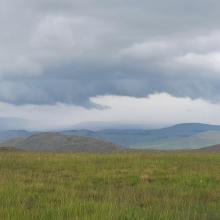
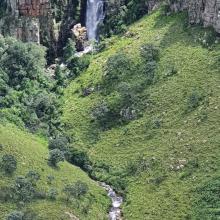
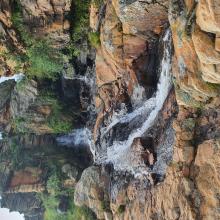

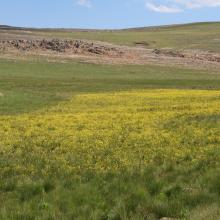
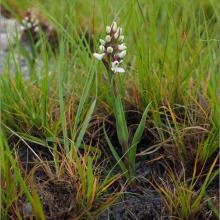

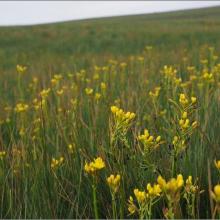

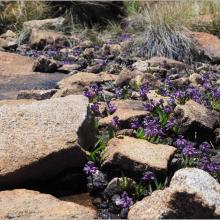
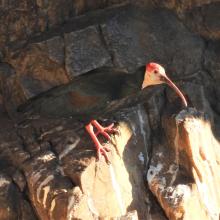
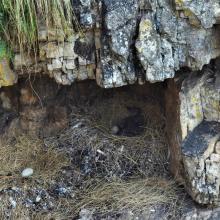
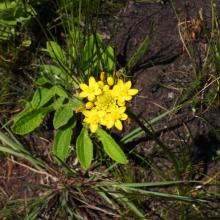

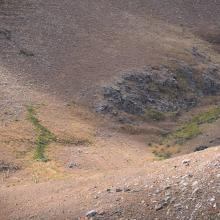
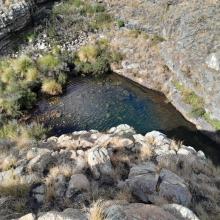
De Berg Nature Reserve
- País:Sudáfrica
- Número del sitio:2532
- Superficie:1,265.4 ha
- Fecha de designación:02-02-2024
- Coordenadas:25°12'S 30°08'E
Los materiales presentados en este sitio web, particularmente los mapas y la información territorial, se proporcionan tal cual y según están disponibles a partir de los datos de los que se dispone y no implican la expresión de opinión alguna por parte de la Secretaría de la Convención de Ramsar respecto de la condición jurídica de ningún país, territorio, ciudad o zona, ni de sus autoridades, ni respecto de la delimitación de sus límites o fronteras.
Resumen
El sitio es un humedal de gran altitud ubicado a unos 20 kilómetros al norte de Dullstroom en la cabecera del río Dwars, en la cuenca del río Olifants. La reserva está constituida por distintos tipos de ecosistemas, entre los cuales figuran más de 70 humedales que abarcan aproximadamente 185 hectáreas de su extensión. Se trata de ríos que discurren por valles, humedales marginales en los que el agua subterránea aflora por las rocas, humedales de turba saturados permanentemente (también llamados mire) arroyos de montaña y diez cascadas. Figuran entre los más prístinos y diversos del bioma de pastizal sudafricano. El sitio alberga las comunidades de pastos de montaña de Steenkampsberg y Sekhukhune, que son tipos de vegetación vulnerables endémicos de la región. Es un punto crítico para la biodiversidad por su excepcional riqueza de especies. La cuenca hidrográfica es un área crítica para la biodiversidad (Critical Biodiversity Area) y un área prioritaria para los ecosistemas de agua dulce a escala nacional (National Freshwater Ecosystem Priority Area). En el sitio habitan distintas especies de aves acuáticas, como el avesol africano (Podica senegalensis) y la grulla coronada cuelligris (Balearica regulorum), además de aves rapaces como el aguilucho lagunero etiópico (Circus ranivorus), la lechuga de El Cabo (Tyto capensis) y el aguilucho negro (Circus maurus). En los acantilados del sitio también hay una colonia reproductora de ibis calvo (Geronticus calvus). El sitio es importante para regular la recarga de los acuíferos, para el almacenamiento de agua y para el control de las inundaciones cuando se producen lluvias intensas. También sirve de laboratorio de investigación.
Región administrativa:
Mpumalanga Province of South Africa
- Designación jurídica nacional:
- Nature reserve - De Berg Nature Reserve
- Fecha de última publicación:25-01-2024
Descargas
Ficha Informativa de los Humedales de Ramsar (FIR)
Mapa del sitio
Informes y documentos adicionales
- Otras referencias publicadas
